It seems like most of us are still caught up in that strange transition time between good weather and bad weather. It’s been cold enough at night in Portland that I am still craving comforting, wintery foods, but when I look out the window I can see my garden bursting with green shoots and leaves. I created this recipe in honor of these two realities – A traditional potato and leek soup finished with a puree of warm half & half and bright, peppery arugula from my garden.
Making a delicious soup from scratch requires nothing more than good ingredients a little practice. This soup recipe follows what I’ve found to be a fool-proof formula – sauté and season your veggies, deglaze with wine, add your cold stock, herbs, and potatoes, and simmer until very tender. Another key to great soup is *plenty* of salt. I salted this soup three times while cooking, and then again after I added the arugula cream.
We enjoyed this soup with homemade rye sourdough bread, which I wished I had thought to make into croutons for topping the soup. Good thing there is plenty of crappy weather left.
Potato & Leek Soup with Arugula Cream
*makes 8 servings*
2 Tbsp butter
2 leeks, white and light green parts only, washed and small diced
2 medium carrots, small dice
2 stalks celery, small dice
5 medium cloves garlic, minced
1 C. dry white wine
8 C. broth or stock of your choice
2 sprigs fresh lemon thyme (regular thyme is fine, too)
2 1/2 # Yukon Gold potatoes, medium dice
4 C. firmly packed (but not crushed) arugula
2 C. best quality half and half
S & P
Melt the butter in a stockpot over medium-low heat. Add the leeks and season generously with salt and pepper. Sauté the leeks until quite soft, about 5 minutes. Add the carrot, celery, and garlic and cook a few minutes more until the garlic is fragrant. Add the white wine and increase the heat to medium high. Allow the wine to boil and cook the mixture until the wine has mostly evaporated, 3 or 4 minutes. Add the broth or stock, the potatoes, the thyme sprigs, and more salt and pepper. Cover the soup and bring to a boil. Once boiling, remove the lid and reduce to a simmer. Cook until the potatoes are very tender, anywhere from 20-35 minutes (less if using starchy potatoes like Russets). When the potatoes are done to your liking, turn off the heat.
In another small saucepan, warm the half and half until steaming. Place the arugula in the blender and pour over the warm half and half along with 2 cups of the still hot potato leek soup. Puree until smooth,and then add the blended mixture back in with the rest of the hot soup. Season with more salt and pepper to taste until perfectly delicious.

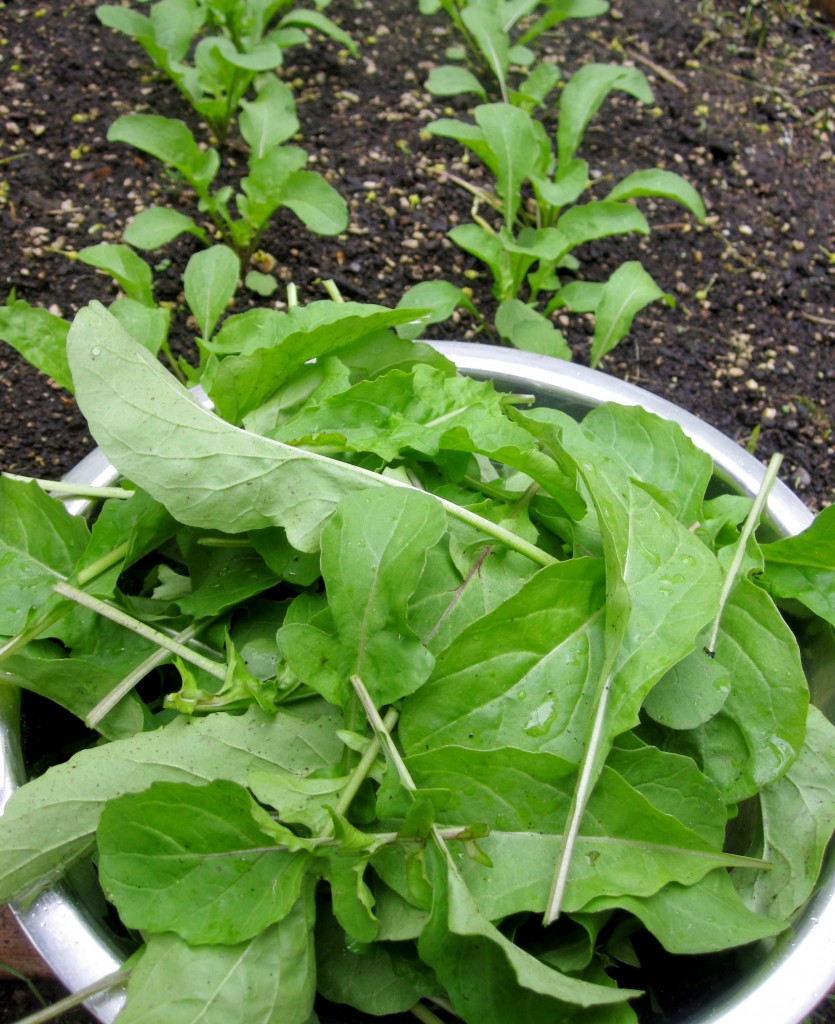
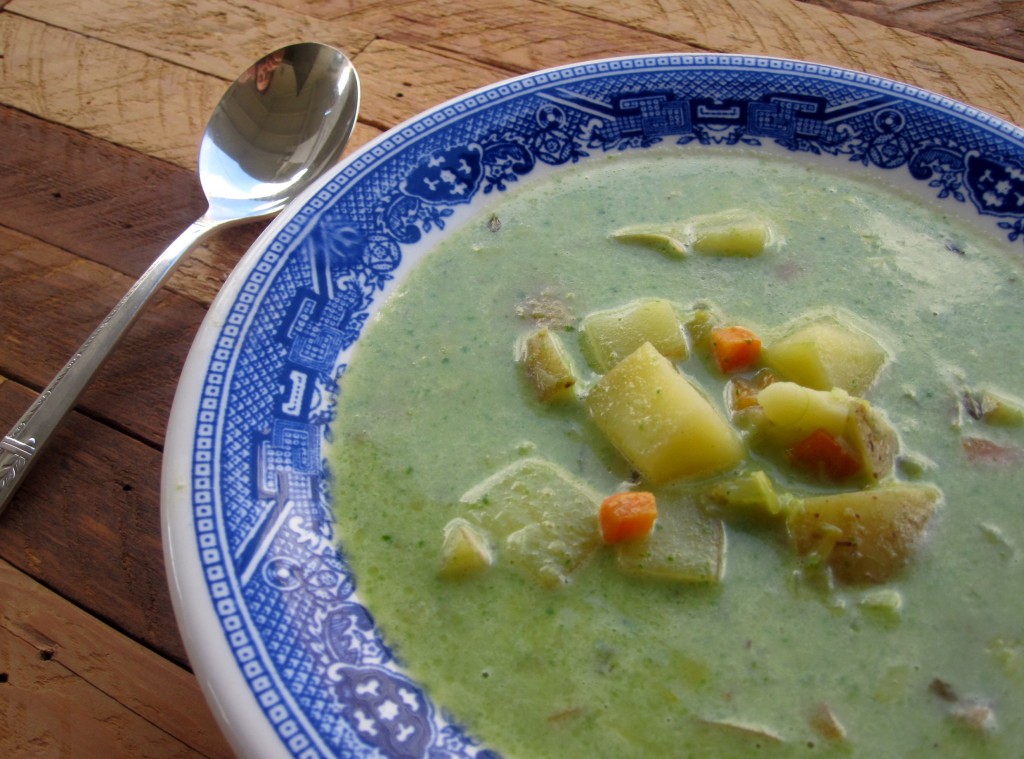
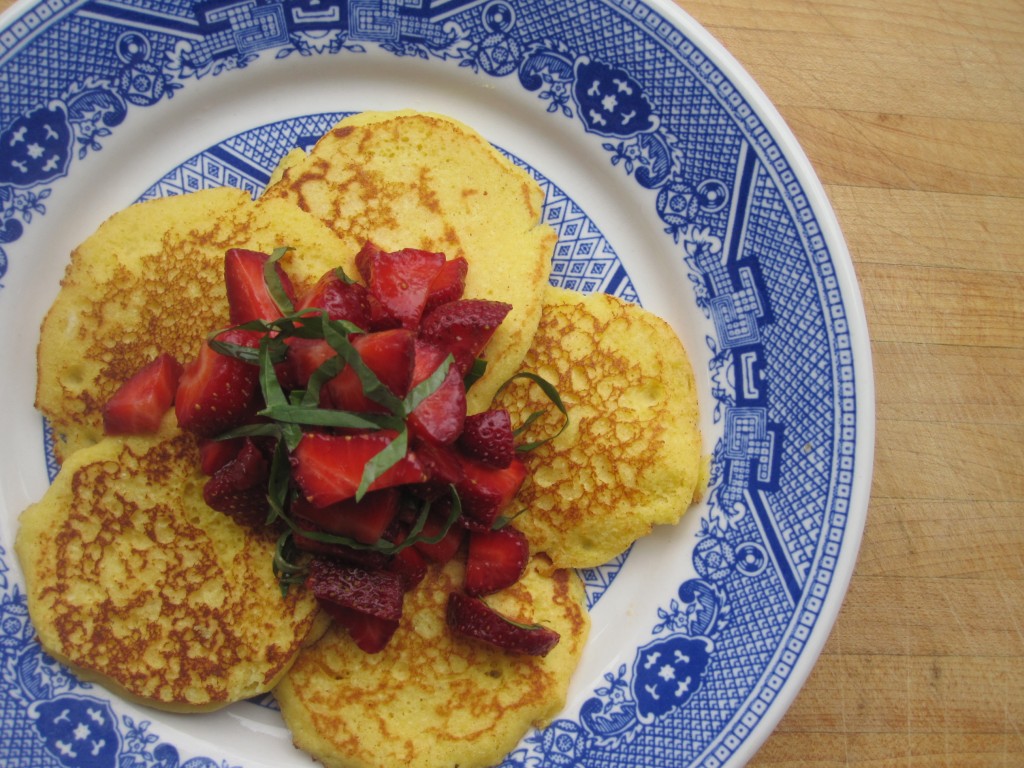
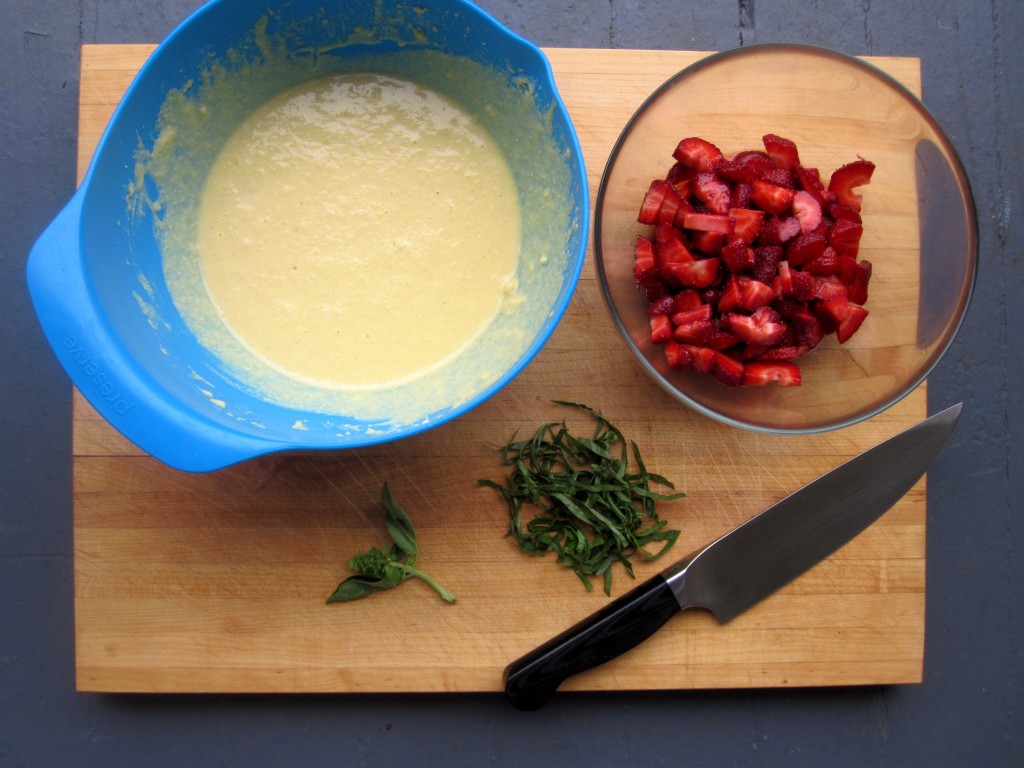

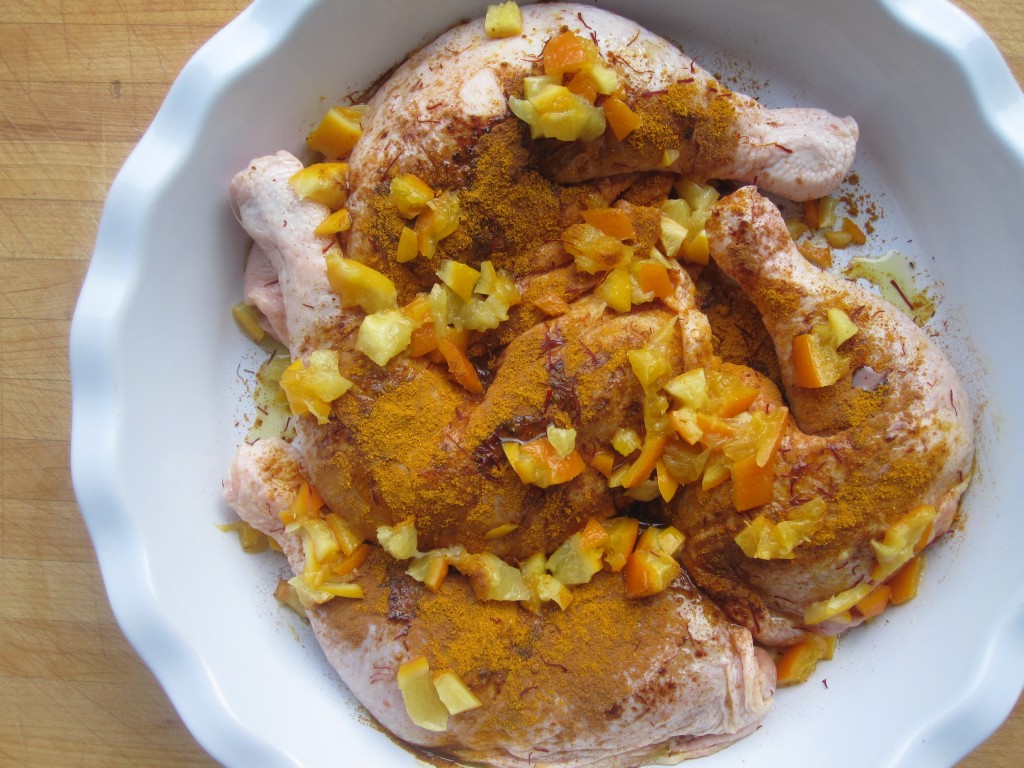
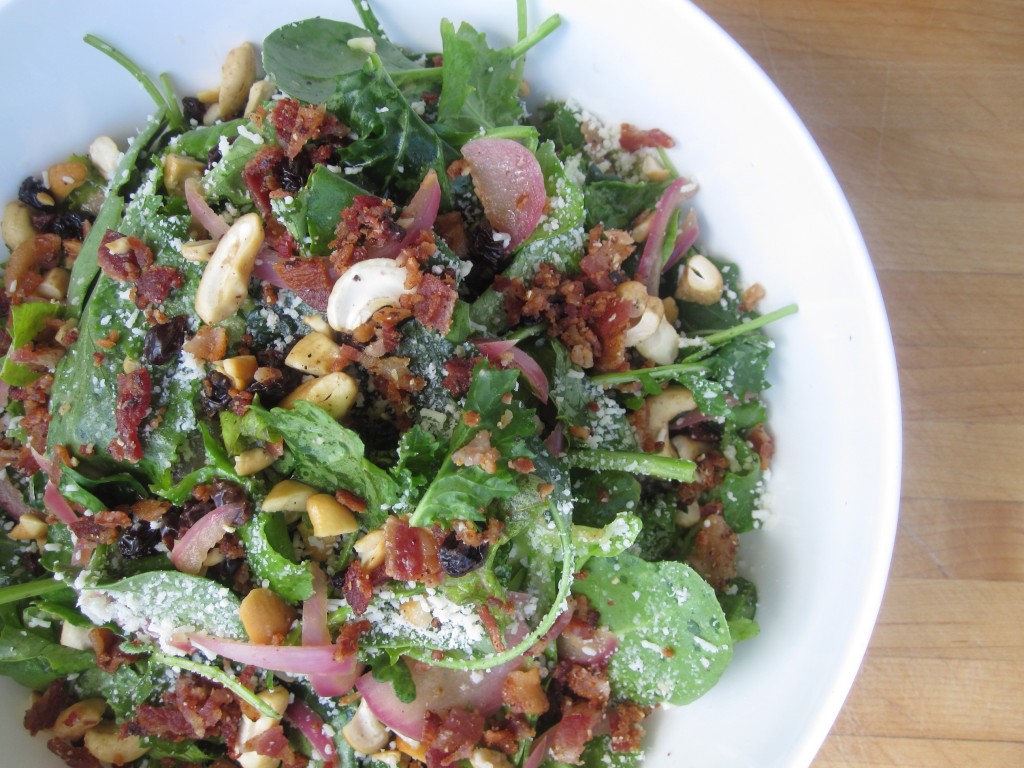
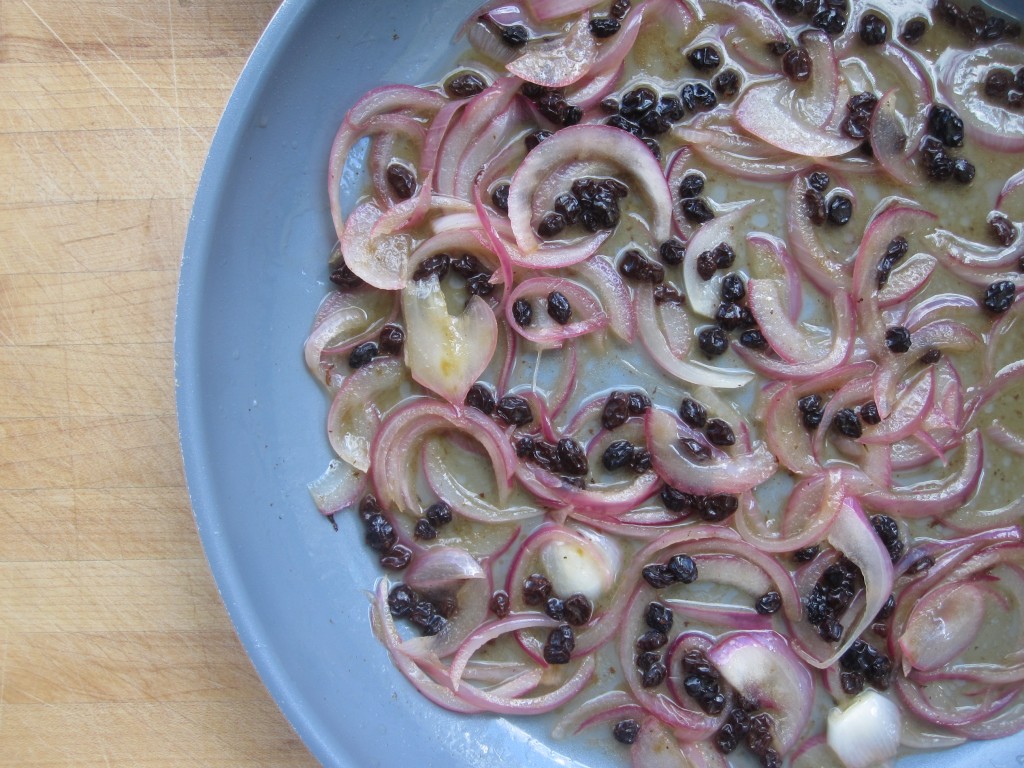


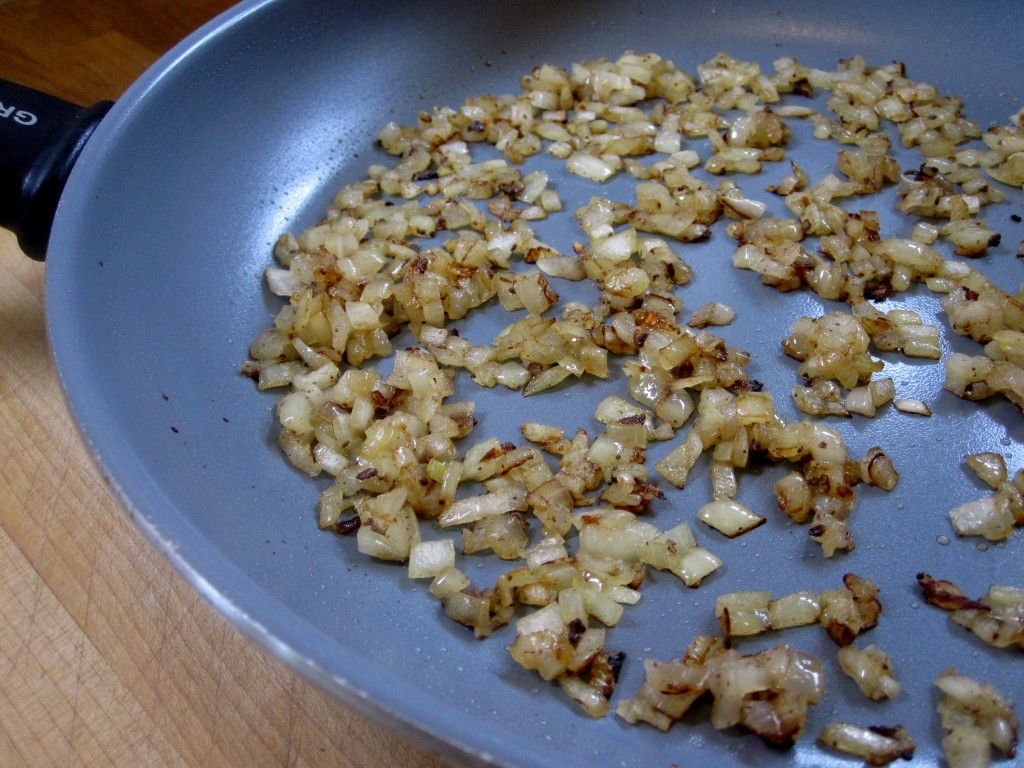
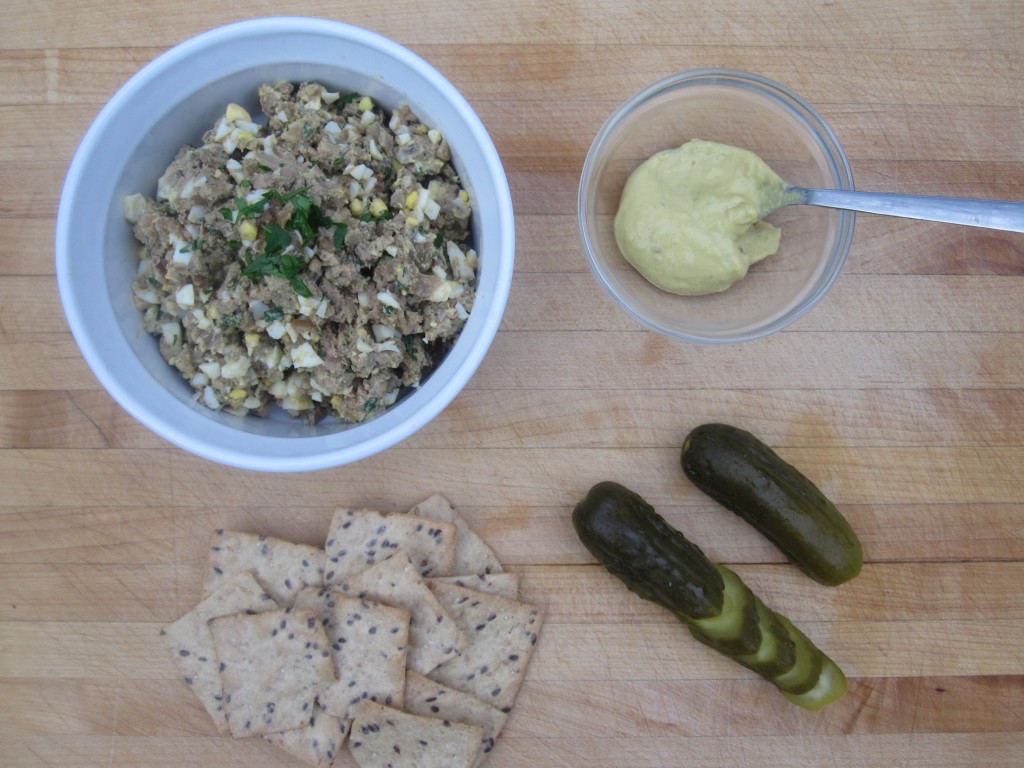



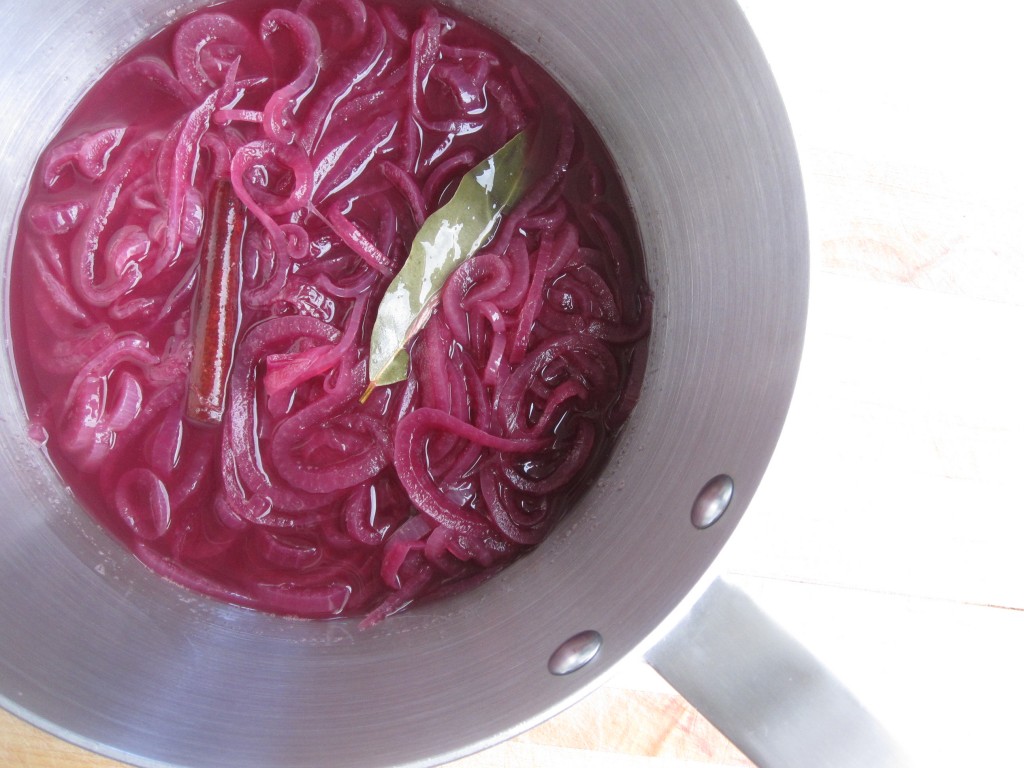
 RSS - Posts
RSS - Posts